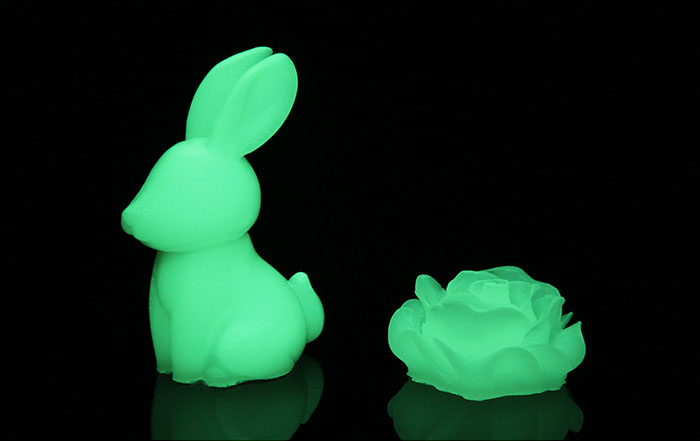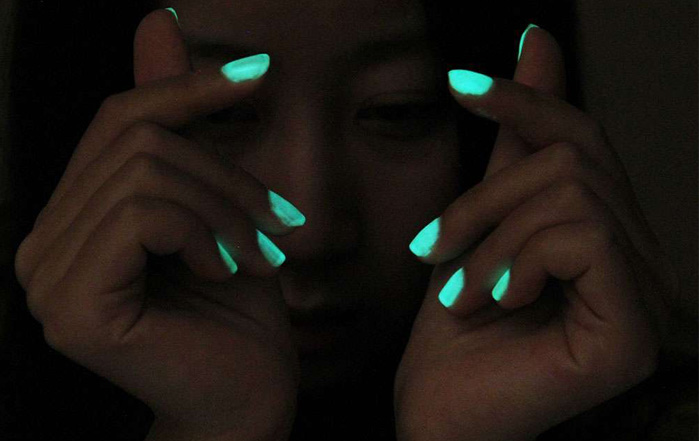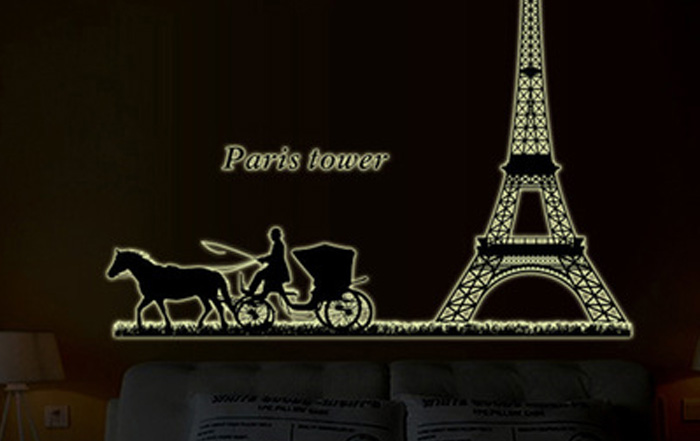The appearance of the watch is to facilitate people’s lives, but reading the time in a dark place is still very troublesome, and must use other light sources. As a result, some people began to apply fluorescent materials on the hour and scale of the hands and dials so that they read the time easily at night. These are the emergence of the luminous watch.
Speaking of the watch’s luminous function, many people think that it is nothing, bright is standard on many watches. Diving watches represented by many famous brands, such as Rolex, Omega, and Blancpain, have excellent luminous functions. Luminous watches only have a hundred-year history. The luminous watches are now safe and clear after people’s repeated research and exploration.

But in fact, the birth of the luminous watch was first affected by military operations. Because early military instruments included military watches, because there was no luminous material to emit light, it was difficult to see time in a dark environment. Strong light sources such as flashlights and easy to expose locations were very dangerous. In this case, luminous paints and luminous watches were born.
[In 1898, early luminous paint- the deadly Radium element]
The first luminous material for watches was Radium (Ra). In 1898, Madame Curie discovered the element Radium, which would emit a light blue light in the continuous decay. After mixed the Radium element and Zinc sulfide, they can emit light by themselves without being illuminated by a light source. In 1915, the Italian military watch(Panerai), applied to the product and applied for a patent. Therefore, from the 1930s, a mixture of Radium and Zinc Sulfide was widely used on the luminous coating of watches.
However, radium, as a radioactive element, is extremely dangerous. People did not realize it until the Ra girl incident broke out. Girl radium is the nickname of a female watch worker who applies luminous paint to hands. At that time, the luminous paint was a mixture of Radium and Zinc sulfide, so the female workers deal with radium every day, but soon after working, they developed anemia, jaw ulceration, and finally died, and even the corpse was still glowing. Since then, people have recognized the danger of radium and abandoned the radium element.
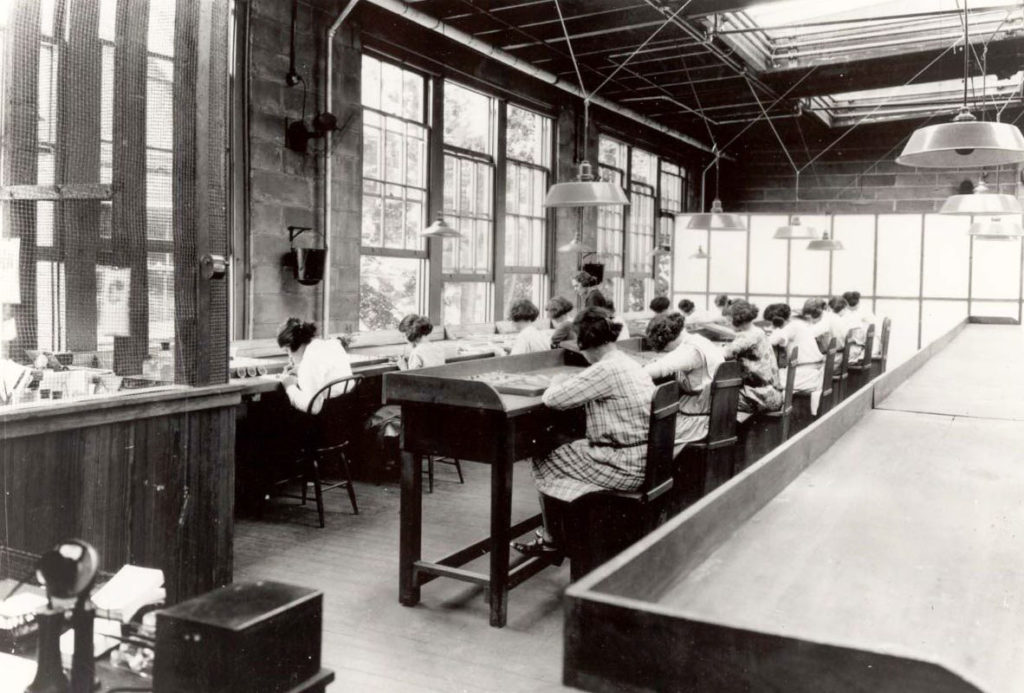
[In1949, luminous material with a shelf life- Tritium element]
After the Radium element, people began to use Tritium as a luminous material. In 1949, another essential noctilucent technology of Panerai, Luminor also applied for a patent. The content was the use of another radioactive element, tritium as a light-emitting material. This technology was more secure but still had potential safety hazards. And there is a time limit, but the time limit is longer.
Two kinds of radioactive materials, Radium, and Tritium are self-luminous noctilucent materials and do not need to absorb energy from the outside to continue to emit light. However, the half-life of Tritium is 12.5 years, which means the effective life of the noctilucent materials produced by Tritium is only more than ten years, and then it gradually begins to age until it loses the noctilucent effect.
[In 1991, The Ball watch used Tritium to the extreme]
Many people know that when it comes to the luminous watch, how can there be no king of the luminous watch–Ball. In recent years, Ball has gathered more and more popularity among watch fans. The most intriguing of these is Gas Light technology. The main elements of luminescence are the same as those of Panerai in the early years. But the structure of the luminous body was redesigned in this patent. They changed the way that Panerai used a needle-shaped tool to apply on the dial or the needle directly and changed to inner wall coating. The mineral glass tube with a phosphor substance full of gaseous Tritium, and the Tritium reacts with the phosphorescent material to form a cold light source. Its safety performance has almost reached the highest level.
The self-luminous miniature gas lamp itself has the advantages of small size, precision, and lightness. They inlaid these glowing miniature gas lamps on the hands and dial of the watch, eliminating the risk of damage and being protected from any radiation when worn. It does not require sunlight to supplement the light source and not require any batteries. Brightness is 100 times higher than general luminous paint. The service life is up to 25 years, but inevitably, its brightness will gradually decline over time.
[1993, New safe luminous material-Luminova without radiation]
Since the 1990s, with the development of science and technology, a new type of long afterglow light-storing rare-earth-based alkaline-earth aluminate fluorescent material that does not contain radioactive materials has appeared. It is now a prevalent Luminova luminous material. Luminova is a non-radioactive, environmentally friendly material, developed in the 1980s by Japan's radical particular chemical group.
Its luminous light resistance is extreme and will not cause discoloration for a long time. Because it is fundamentally different from traditional radiation-type luminous materials, it does not contain any harmful elements at all and is more secure and stable.
Most of the current Swiss watches use Luminova type luminous. More ideally, Luminova can add a variety of colors as a match, such as pink, blue, yellow, red, etc., to create a colorful luminous effect. Panerai proud of its Radium and Tritium technologies now also adopted Super-Luminova to manufacture its unique "sandwich " dial structure. It is sandwiching the Super- Luminova luminous coating for hands and digital scales.
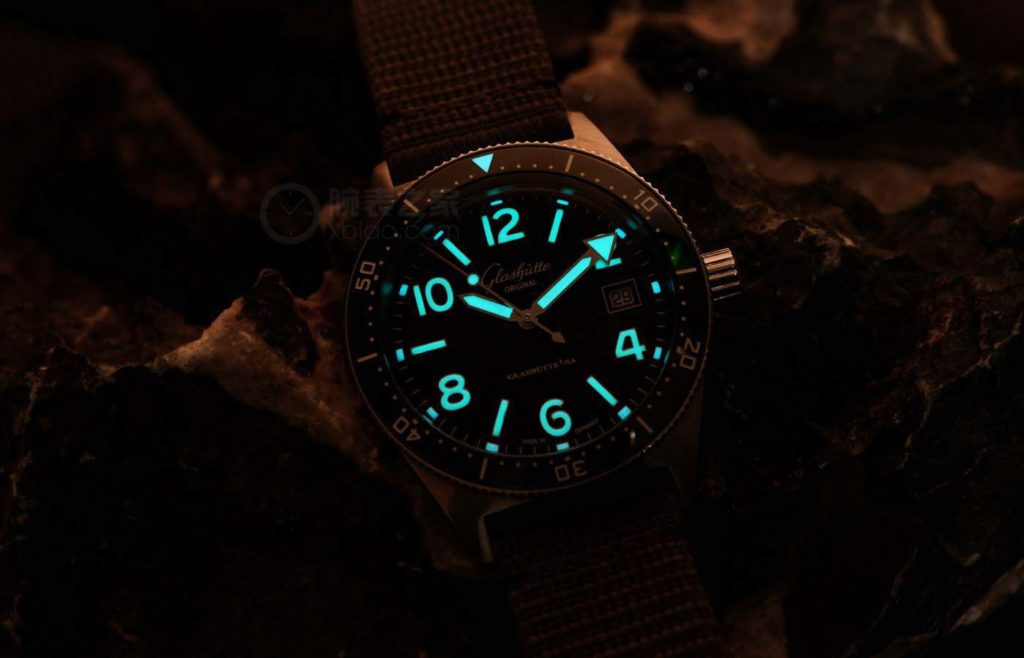
[In 2003, Blancpain led a new path, the luminous sticking]
Luminous technology: Luminous scale bonding. Now that light technology is so mature, how to present this technology has become the focus of the attention of various brands. In 1997, Blancpain produced the Fifty Fathoms watch with a water resistance of 300 meters. In 2003, in commemoration of this legendary watch model, Blancpain also launched a new limited edition watch.
[In 2008, Rolex Chromalight broke the monopoly and carried out luminous technology to the end]
Rolex's luminous dial shows that Chromalight, an innovative fluorescent material, is used. The so-called "Chroma" is "color, saturation." A range of Rolex professional oyster watch clocks uses this material, which emits blue light. According to the official description, compared with the general standard fluorescent materials. Its luminous intensity is more stable during a complete dive and lasts more than 8 hours.
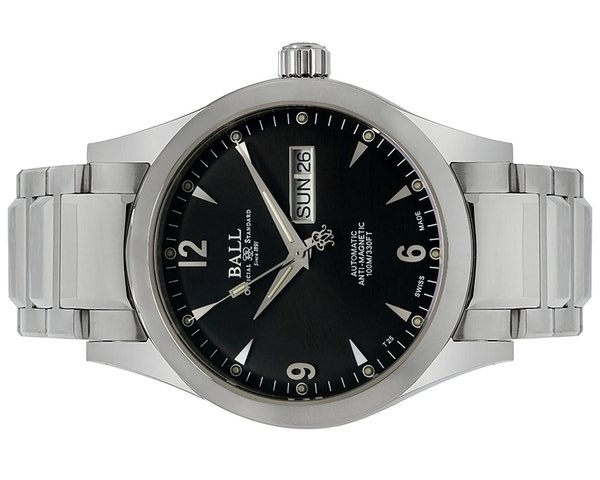
Tips
If you suddenly find that your luminous watch no longer glows, please don't worry. If there is no light exposure for a long time, the light energy of the luminous material is released. If this is the case, you need to expose the watch to light for some time to allow it to fully absorb energy so that it can glow again at night.
The luminous function is the most inconspicuous among the complicated features of the watch. But it has brought us more convenience in actual use. Like the eyes of a watch, it adds a magical charm to the night. Energize a quiet night. This faint highlight is incomparable to the great night, but just such a soft light can make people feel warm and steady.
Glow Technology often receives questions about luminous watches:
- How big is the particle size of watch application luminous powder?
Usually, about 250 mesh.
- How long can the luminous effect last?
12 hrs.
- Which parts of the watch can apply luminous powder?
Dial, pointer and block.
If you have any questions, please feel free to contact Glow Technology.
